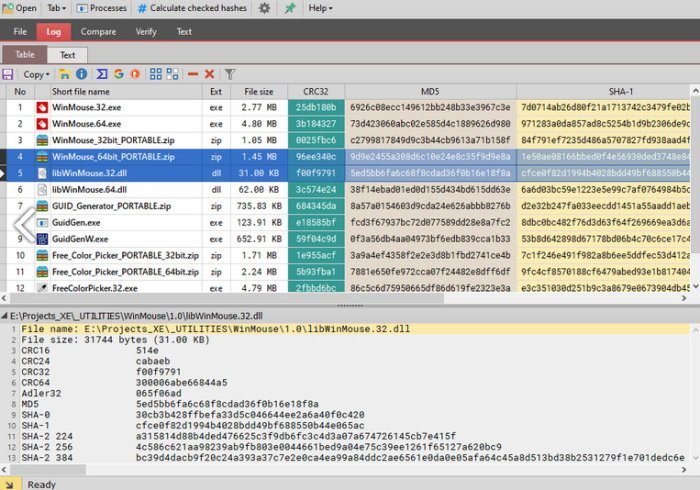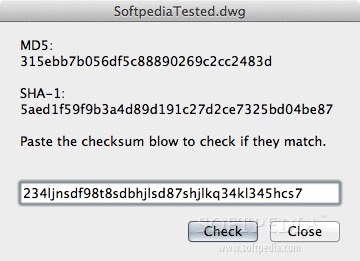

While it is not always necessary to verify data, it can be a useful means for checking large amounts of data at once. However, some file archives or disk images may include a checksum that you can use to check the data’s integrity.
Validate checksum verification#
It is rare that you will need to use a checksum to verify data since many programs perform this type of data verification automatically. These include cyclic redundancy check (CRC) algorithms and MD5 hash functions. Therefore, more advanced checksum algorithms are typically used to verify data. However, this type of checksum is not very reliable since two or more bytes could be switched around, causing the data to be different, though the checksum would be the same. For example, a basic checksum may simply be the number of bytes in a file. If the checksums don’t match those of the original files, the data may have been altered or corrupted.Ī checksum can be computed in many different ways, using different algorithms. Some common applications include verifying a disk image or checking the integrity of a downloaded file. Checksums are typically used to compare two sets of data to make sure they are the same.

In other words, it is a sum that checks the validity of data. A Checksum is a value used to verify the integrity of a file or a data transfer.


 0 kommentar(er)
0 kommentar(er)
